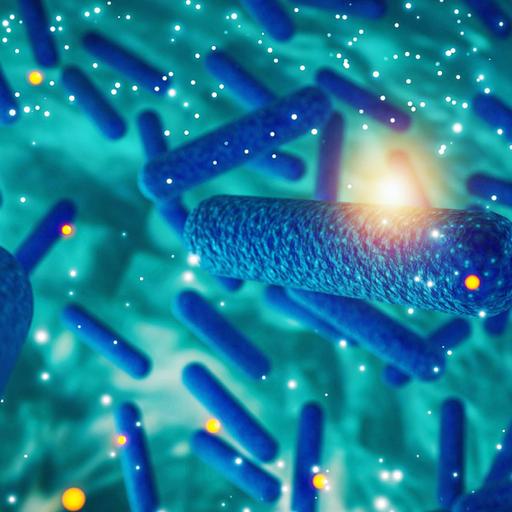Bacterial Genetic Structures
Presentations | English
The genetic information of all cells resides in the sequence of nitrogenous bases in the extremely long molecules of DNA. Unlike the DNA in eukaryotic cells, which resides in the nucleus, DNA in bacterial cells is not sequestered in a membrane-bound organelle but appears as a long coil distributed through the cytoplasm. In many bacteria the DNA is present as a single circular chromosome, although some bacteria may contain two chromosomes, and in some cases the DNA is linear rather than circular. A variable number of smaller, usually circular (though sometimes linear) DNA molecules, called plasmids, can carry auxiliary information. As in all organisms, bacterial DNA contains the four nitrogenous bases adenine (A), cytosine (C), guanine (G), and thymine (T). The rules of base pairing for double-stranded DNA molecules require that the number of adenine and thymine bases be equal and that the number of cytosine and guanine bases also be equal. The relationship between the number of pairs of G and C bases and the number of pairs of A and T bases is an important indicator of evolutionary and adaptive genetic changes within an organism.

Free
PPTX (43 Slides)
Bacterial Genetic Structures
Presentations | English
